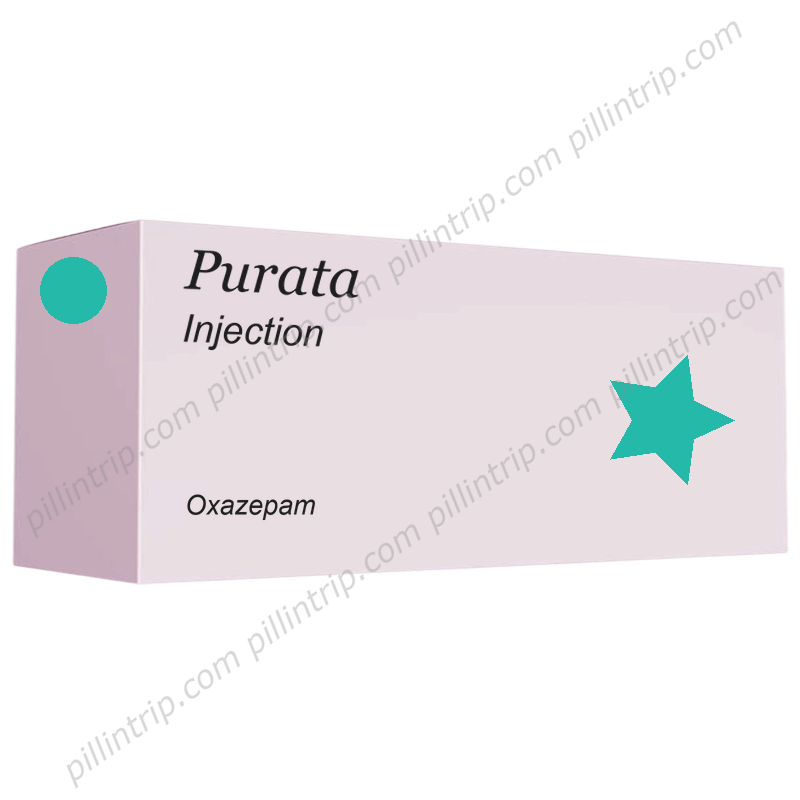Purata
Быстрые ссылки на важные разделы
Purata

Medically reviewed
Last updated on 12/22/2025
Эта страница содержит общую справочную информацию, собранную из официальных медицинских источников. Она не заменяет профессиональную медицинскую консультацию, диагностику или лечение. При принятии решений, касающихся вашего здоровья, обязательно проконсультируйтесь с квалифицированным медицинским специалистом.
Общая информация о Purata
Какие побочные эффекты возможны при применении Purata?
Передозировка и экстренные меры
Терапевтические показания к применению Purata
Показания и ограничения к применению
Что следует знать о взаимодействии с другими лекарственными средствами?
Механизм действия
Влияние на способность управлять и использовать машины
Современные клинические данные
Часто задаваемые вопросы (FAQ)
Как следует хранить и утилизировать Purata?
Внимание! Всегда обращайтесь к врачу или фармацевту, прежде чем использовать таблетки или лекарства.
Доступно в странах:
Эквивалент Purata найден в:
 Portugal
Portugal Russia
Russia Mexico
Mexico Colombia
Colombia Cyprus
Cyprus India
India Czech Republic
Czech Republic Georgia
Georgia Lebanon
Lebanon Bosnia & Herzegowina
Bosnia & Herzegowina Israel
Israel Canada
Canada Denmark
Denmark USA
USA Argentina
Argentina Belgium
Belgium Norway
Norway Thailand
Thailand Switzerland
Switzerland Indonesia
Indonesia South Korea
South Korea Bulgaria
Bulgaria Turkey
Turkey Malasia
Malasia Finland
Finland Bangladesh
Bangladesh China
China Brasil
Brasil Ukraine
Ukraine Vietnam
Vietnam Spain
Spain Phillipines
Phillipines United Kingdom
United Kingdom Costa Rica
Costa Rica Tunisia
Tunisia Greece
Greece Sweden
Sweden Macedonia
Macedonia Hong Kong
Hong Kong Serbia
Serbia Japan
Japan Kenya
Kenya Oman
Oman Germany
Germany Belize
Belize Poland
Poland Egypt
Egypt Italy
Italy Taiwan
Taiwan Austria
Austria France
France Venezuela
Venezuela Malta
Malta Ecuador
Ecuador Netherlands
Netherlands Australia
Australia Chile
Chile Lithuania
Lithuania Latvia
Latvia Trinidad & Tobago
Trinidad & Tobago Bahrain
Bahrain Peru
Peru Hungary
Hungary New Zealand
New Zealand Slovakia
Slovakia Myanmar
Myanmar Singapore
Singapore Pakistan
Pakistan Croatia (Hrvatska)
Croatia (Hrvatska) Estonia
Estonia Romania
Romania Slovenia
Slovenia